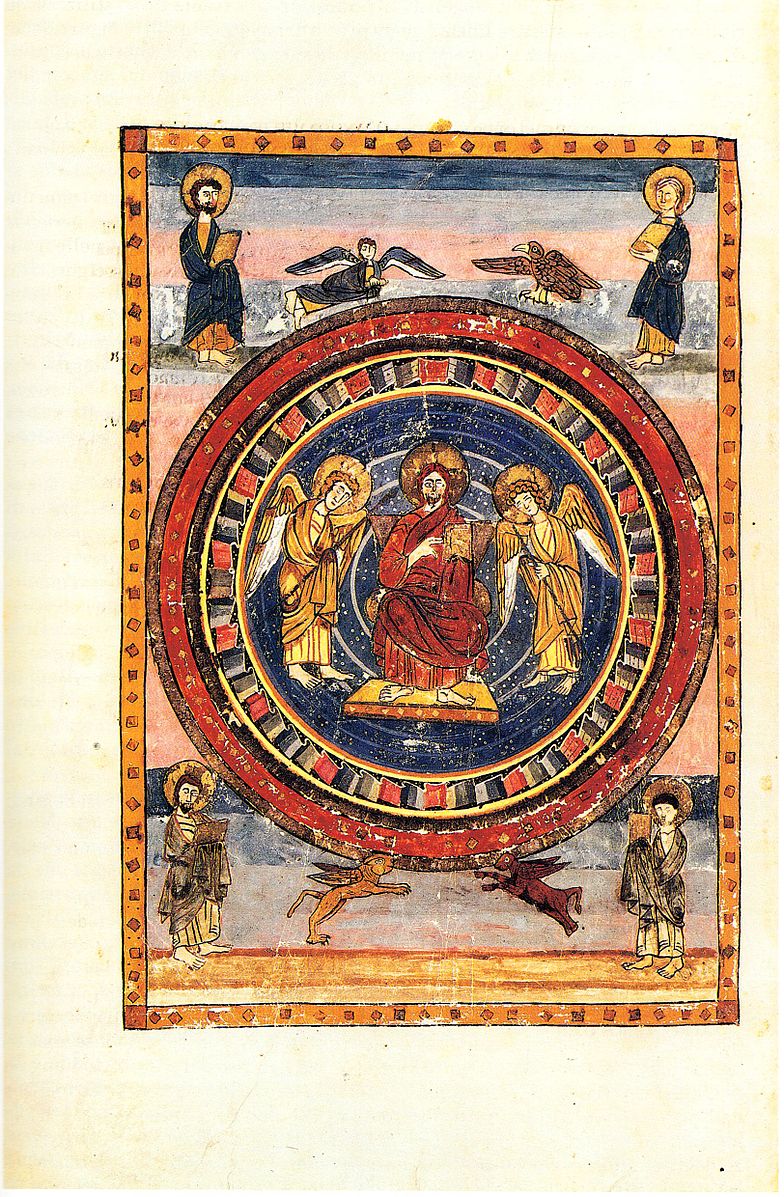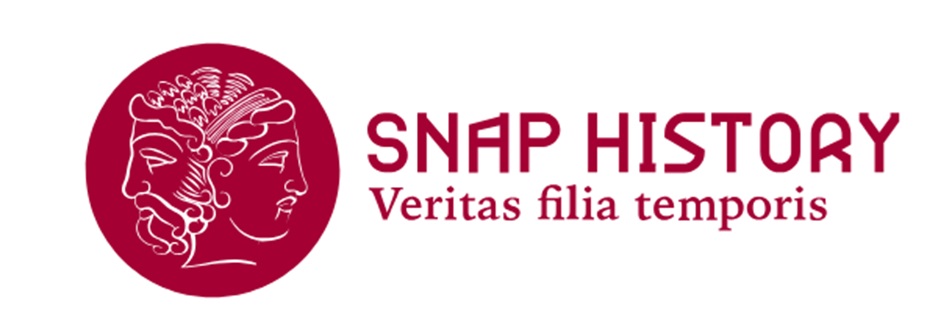The Bible "at the borders of the lands of the Angles"
The Codex Amiatinus as an emblem of Benedict Biscop's spiritual and cultural project

Ms. Amiatino 1, f. 796v. Decorative detail - Wikimedia
The central role played by the Englishman Benedict Biscop (628-690) in founding one of the most vital monastic centers in the history of Insular Christianity is highlighted by one of the most important intellectuals of medieval England, the Venerable Bede (672-735). In his Historia Abbatum, Bede provides details about the foundation, in the late 7th century, of the twin monastery of Monkwearmouth-Jarrow in Northumbria. It was here that Bede lived and worked, having access to numerous sources for compiling his chronicles.
The Monkwearmouth-Jarrow Abbey became a crucial cultural and spiritual center, largely due to the visionary leadership of Benedict Biscop. Even in its architectural features, he sought to imprint the essence of his mission: romanitas. The ancient prestige of Rome, preserved by the Roman papal curia, was brought to rural Northumbria by Biscop through numerous journeys to Italy, primarily aimed at acquiring manuscripts. Among these was an ancient Bible, recovered by Abbot Ceolfrith during Biscop's fifth journey to Italy. From this manuscript, three copies were produced in the scriptorium of Monkwearmouth-Jarrow, one of which is the renowned Codex Amiatinus.
Now housed in Florence, the manuscript Amiatino 1 is the oldest surviving complete Bible in Saint Jerome’s Latin translation, adorned with a stunning decorative apparatus. In the dedication to Pope Gregory II on folio IV—partially erased by later modifications—Ceolfrith refers to himself as Anglorum extremis de finibus abbas ("Abbot from the farthest reaches of the Angles"). The creation of such a magnificent work in a remote and rural context like 7th-century Northumbria is largely attributable to Benedict Biscop. By fostering a renewed spirituality centered on the revival of romanitas, he ushered in an extraordinary cultural renaissance.
Michelle P. Brown, Bede and the Theory of Everything, London: Reaktion Books, 2023.
Site: Meyvaert, Paul. “Bede, Cassiodorus, and the Codex Amiatinus”, jstor.org in Speculum vol. 71, no. 4, 827-883. Chicago: The University of Chicago Press, 1996. Consulted February 2025
Patrick Wormald, The times of Bede: studies in early English Christian society and its historian, Oxford: Wiley-Blackwell, 2006.
Sofia Comini, Master's student in Ancient Sciences (Ca' Foscari University of Venice)
2025-05-23
Salvatore Ciccarello
